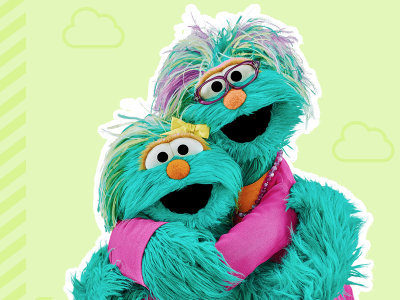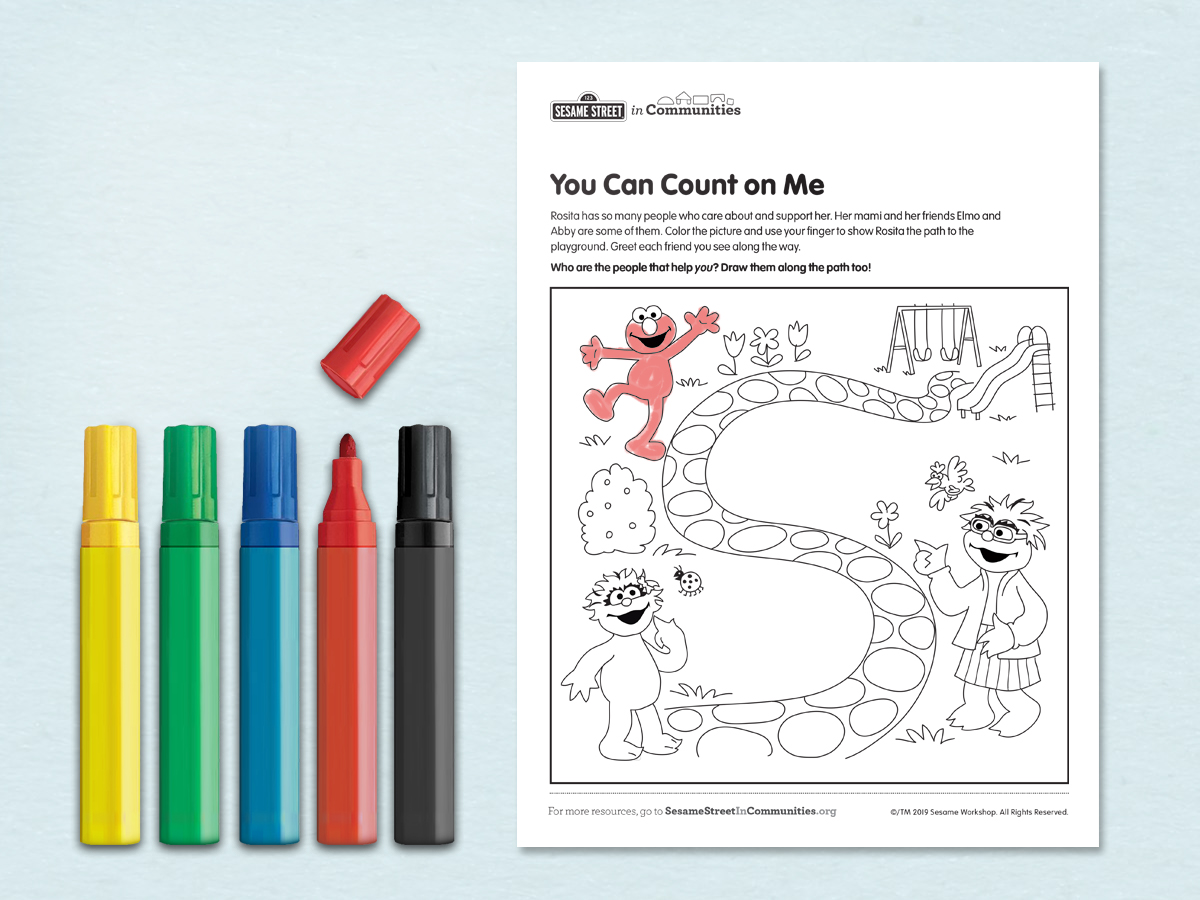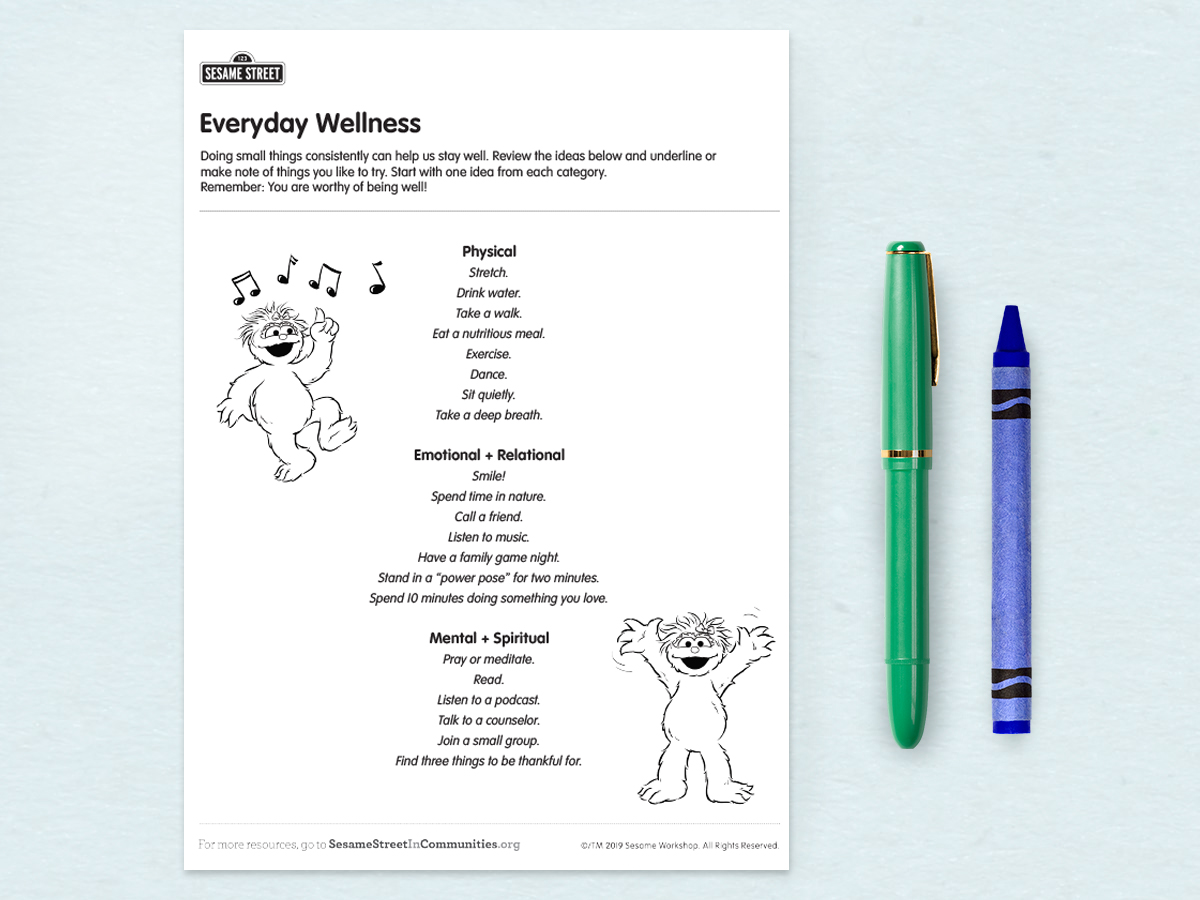
Session 5: Effects of Stress
Remind caregiving families that they can heal.
Caring for others can be very stressful. Long-term stress can be harmful to the body and mind, and can affect grown-ups and children. When caregivers recognize signs of stress in their families, they can reach out for and offer help.
This workshop:
- Describes common signs and symptoms of stress in both adults and young children.
- Discusses the impact stress can have on families.
- Offers ways for families to manage and cope with stress.
Looking for the rest of the sessions? Visit the Supporting Caregiving Families page.
NOTE: As with other workshops in this series, most activities can benefit both kids and adults, one-on-one or in groups. Depending on who you’re working with, change or leave out activities as you see fit. You know your kids and families best!
1. Watching for Signs of Stress
Watching for Signs of Stress
Long-term stress can have strong physical, psychological, and social effects. Stress related to caregiving may present itself as secondary PTSD. This means that caregivers may show symptoms similar to those of their injured loved one.
Babies and young children may also experience stress during tough times, when there is a lot of change and uncertainty. Stress can affect brain connections and have long-lasting effects. Children can’t always tell us they are stressed, but their behavior can show us.
Help caregivers be on the lookout for signs of stress in their families. You can help families know what to look for, so that they can seek help.
Share the Watching for Signs of Stress article. Talk about any signs of stress caregivers may have noticed in their own family.
Let caregivers know that:
- Both physical changes (hair loss, teeth grinding, trouble sleeping) and behavioral changes (more frequent meltdowns, super-clingy or shy behavior) may be signs of stress in children.
- Observing children’s behavior can help you understand their needs.
Remind parents: It’s normal for children to have an off day here and there, but when changes in a child’s behavior begin affecting their everyday life, something more may be bothering them.
2. How Stress Affects Others
How Stress Affects Others
Little by little (or all at once), one person’s stress can affect other members of the family. Loved ones may show less patience, have a quicker temper, get easily distracted, or spend lots of time alone. These behaviors can throw family dynamics off and make everyday activities difficult or unenjoyable.
Remind caregivers and kids that family members rely on one another! We want to be at our best not only for ourselves, but for those who depend on us. Sharing concrete examples of the ways we support each other can help us stay strong.
Share the You Can Count on Me printable. As families color the page, have them talk about ways they depend on one another. Offer these affirming sentence starters:
- I count on you to _______, because you _________.
I count on you to help me with my homework, because you are patient and help me figure it out. - I like to come to you when _________, because _________.
I like to come to you when I have a hard day, because you’re a good listener. - When I’m around you, I feel ____________, because you ___________________.
When I’m around you, I feel happy, because you always tell the funniest jokes.
3. Everyday Wellness
Everyday Wellness
Stress can make it hard for us to be our best. It can distract us from what’s truly important, and it can sneak up on us! But there are things families can do every day to reduce stress. Working on small wellness goals each day can add to a family’s overall sense of calm and happiness.
Share the Complex Emotions article and Everyday Wellness printable. Review the ideas and brainstorm more goals. Have participants underline or make note of things they’d like to try, maybe choosing one from each category.
When setting intentions or goals, encourage families to be specific, but flexible. Remind them that daily wellness shouldn’t feel like a burden—another thing to do. These moments should remind them that they are worthy of being well!
Offer an example or two:
I’ll aim to sit on the porch with a cup of coffee in the morning to meditate for five minutes each day. But I know that some days my meditation might happen in the car, at a stop light, or with kids shouting in the background!
I’ll try to smile every day. Even when I’m feeling sad, I’ll try to find something good.
4. Comforting and Coping
Comforting and Coping
When stress bubbles over, there are many ways caregivers and kids can find comfort. You can help by introducing families to a variety of coping strategies.
Watch these short videos with families. After each video, talk about and practice the strategy. It may be helpful to distribute complementary printables, so families can practice after the workshop, too.
Invite family members to share with one another which strategies they liked best. Remind families that practicing when they’re feeling calm can help them remember strategies more easily in times of frustration.
Finally, end with a super hero pose. Ask families to stand or sit up straight and tall. Lift their chins and smile. Place their hands either out wide like a star, on their hips, or above their heads. Then hold the pose for a whole minute.
Close with a call and response:
I am strong.
I am super.
I am supported.
We are strong.
We are super.
We are supported.


